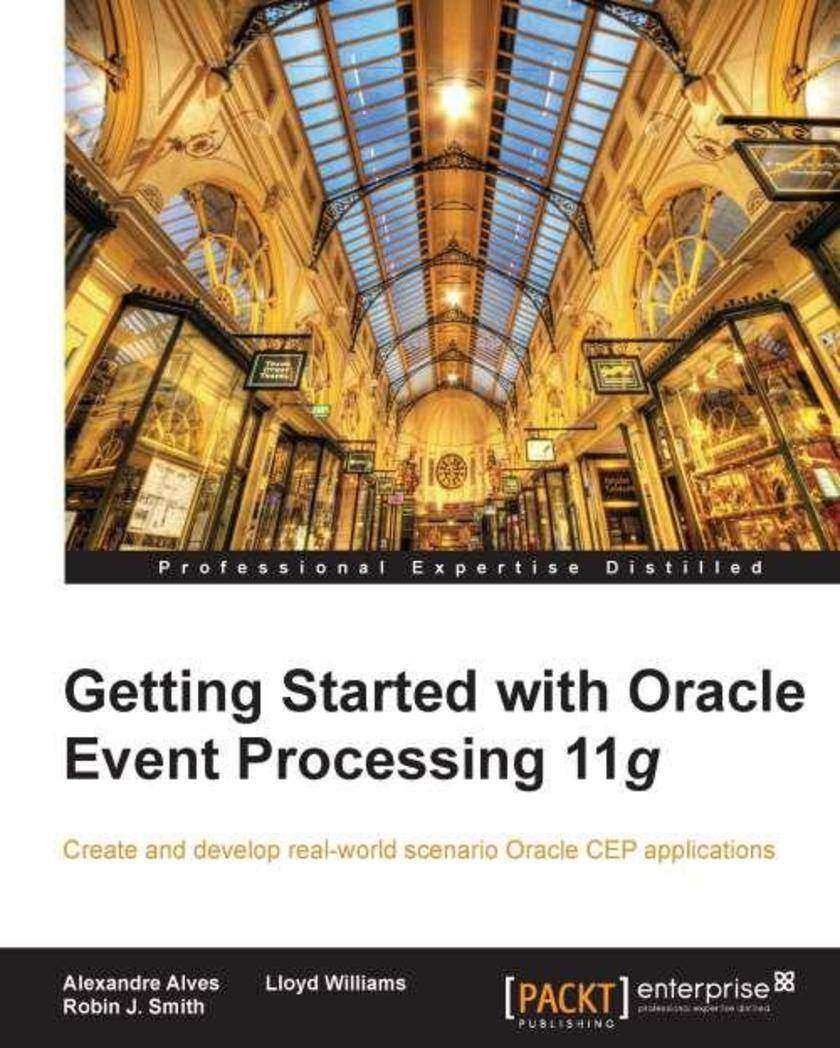
Getting Started with Oracle Event Processing 11g
¥90.46
This getting started book will use practical chapters which follow logical and progressively more complex tasks and examples, which will impart the skills of how to use Oracle Complex Event Processing to the reader. This book is aimed at both those with some knowledge of java and SQL database experience, but it is also written so that if you are completely new to this topic you will understand this new technology domain no matter your background or industry.
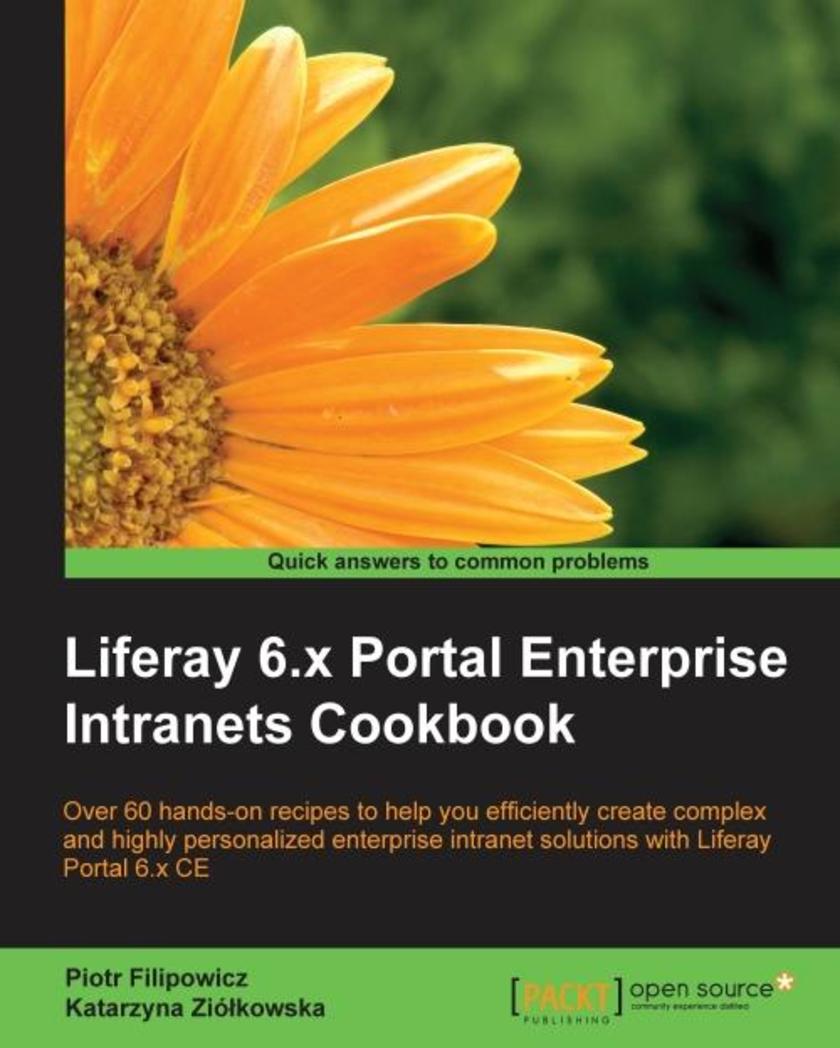
Liferay 6.x Portal Enterprise Intranets Cookbook
¥90.46
If you are a Java developer or administrator with a technical background and want to install and configure Liferay Portal as an enterprise intranet, this is the book for you. In short, reusable recipes help you realize business goals as working features in Liferay. This book will also give you useful hints on how to easily improve the default functionality of the system and its performance.
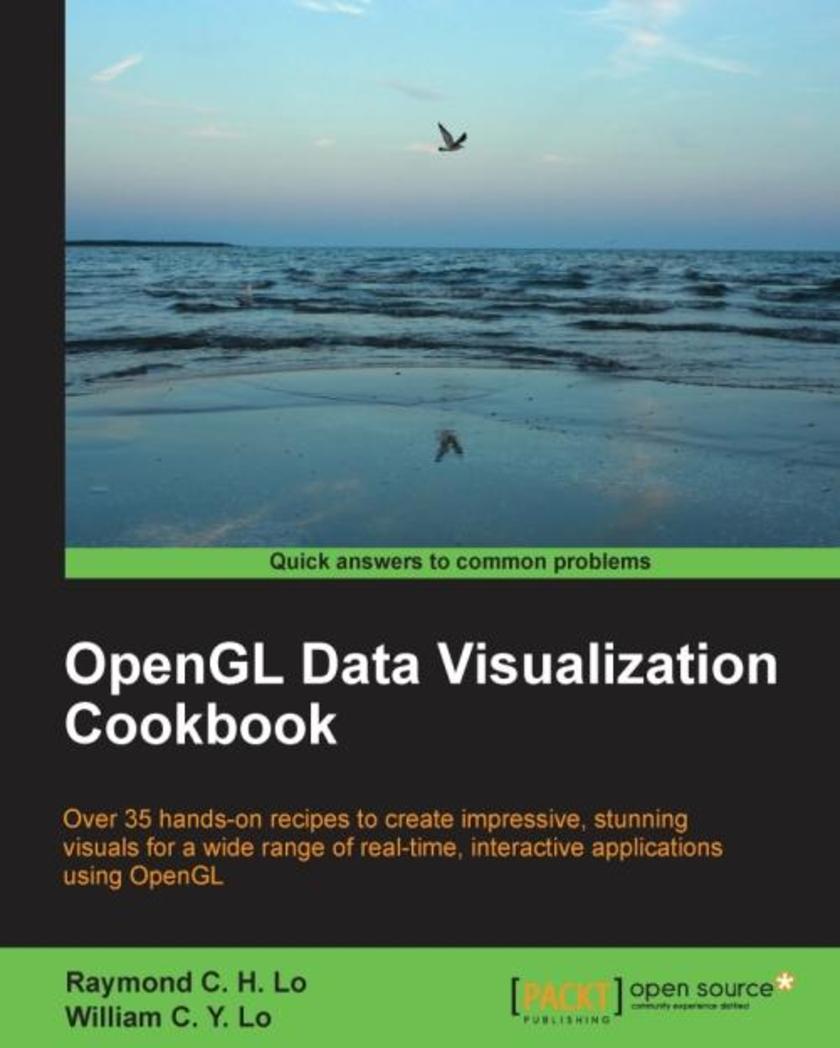
OpenGL Data Visualization Cookbook
¥90.46
This book is aimed at anyone interested in creating impressive data visualization tools using modern graphics hardware. Whether you are a developer, engineer, or scientist, if you are interested in exploring the power of OpenGL for data visualization, this book is for you. While familiarity with C/C++ is recommended, no previous experience with OpenGL is assumed.
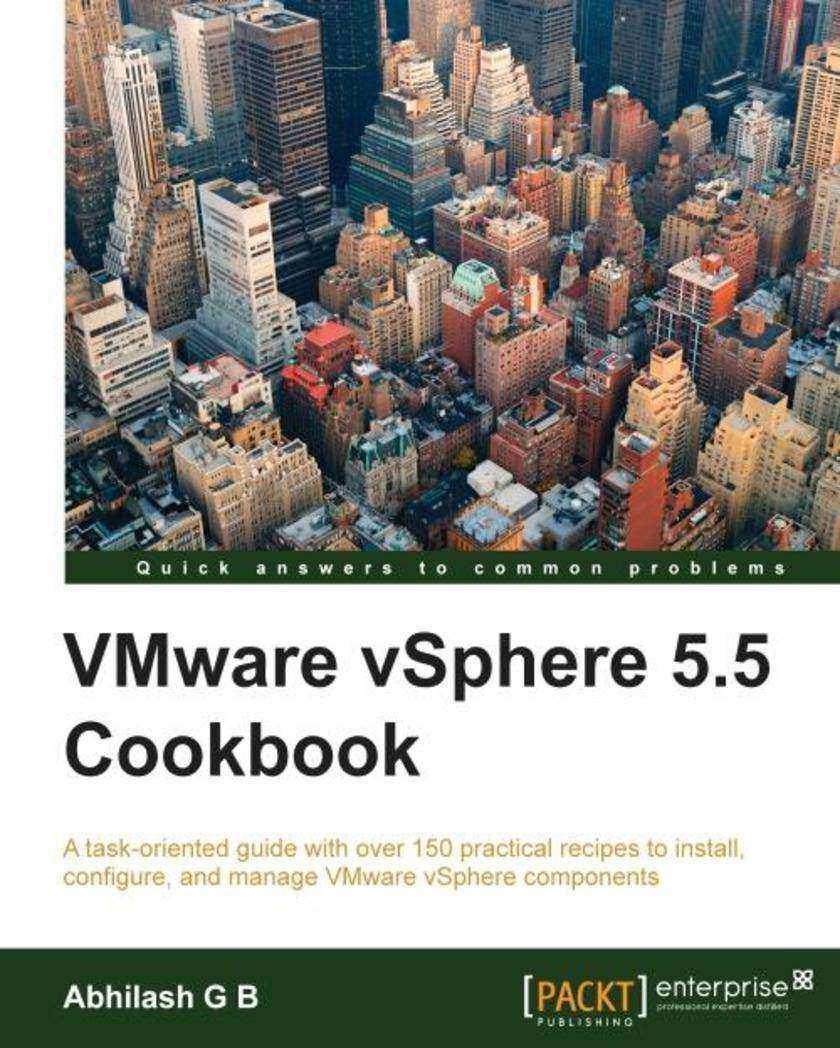
VMware vSphere 5.5 Cookbook
¥90.46
This is an excellent handbook for system administrators, support professionals, or for anyone intending to give themselves a headstart in learning how to install, configure, and manage a vSphere environment. It is also a good task-oriented reference guide for consultants or infrastructure architects who design and deploy vSphere environments.
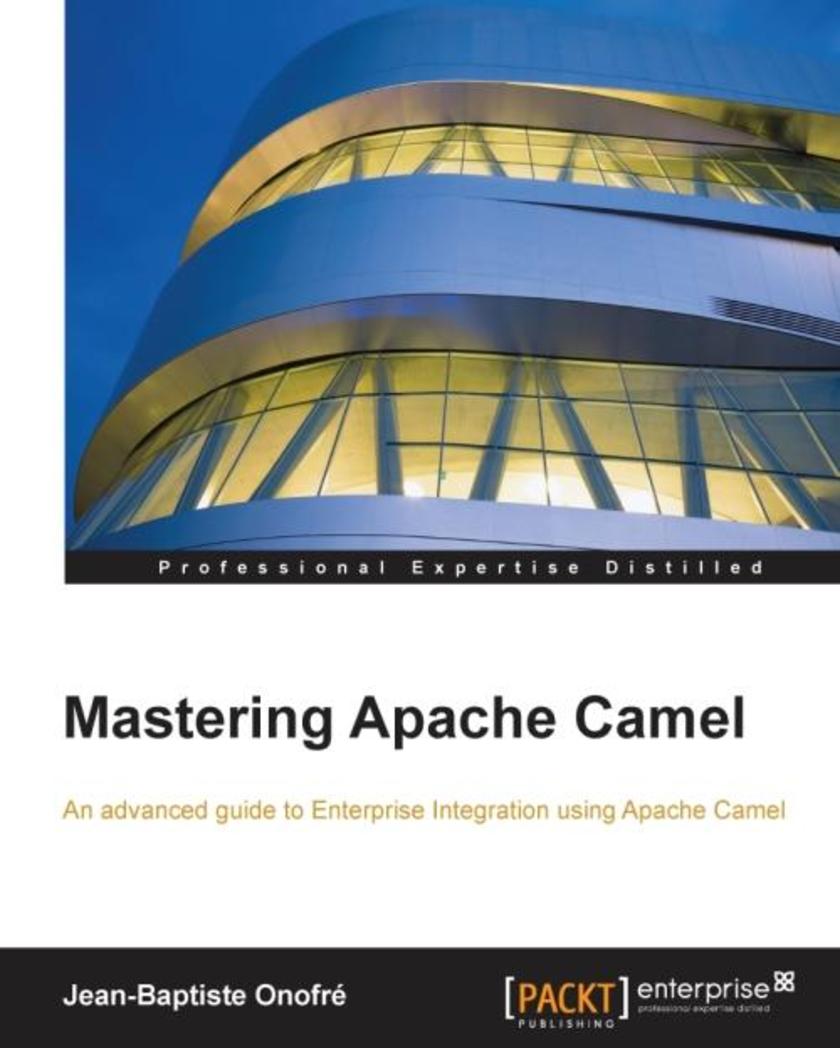
Mastering Apache Camel
¥90.46
This book is intended for all Camel users who want to get the best out of Camel, and who want to implement the most efficient integration logic using best practices.
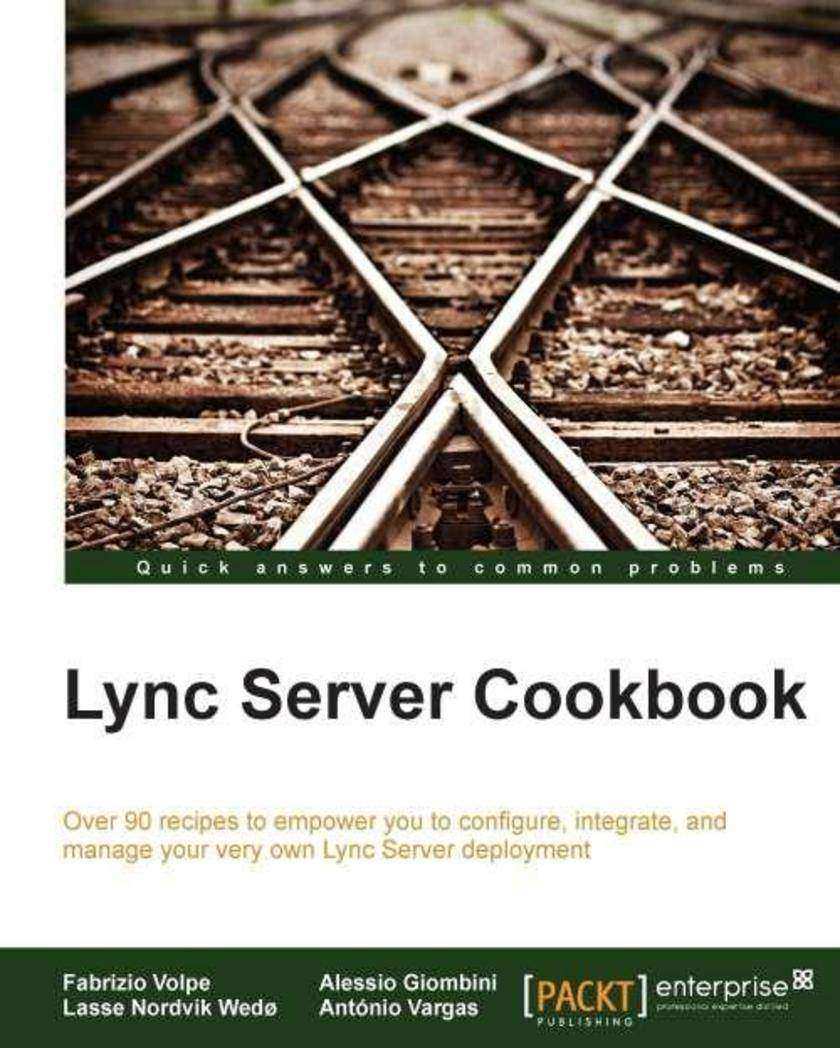
Lync Server Cookbook
¥90.46
If you work with Lync on a daily basis or if you have to use a specific feature of Lync for a project, this is the book for you. For solutions architects, technical consultants, and administrators, if you have a Lync deployment and you want to upgrade, integrate, secure, or extend it to the cloud, you can get valuable information from the recipes in this book.
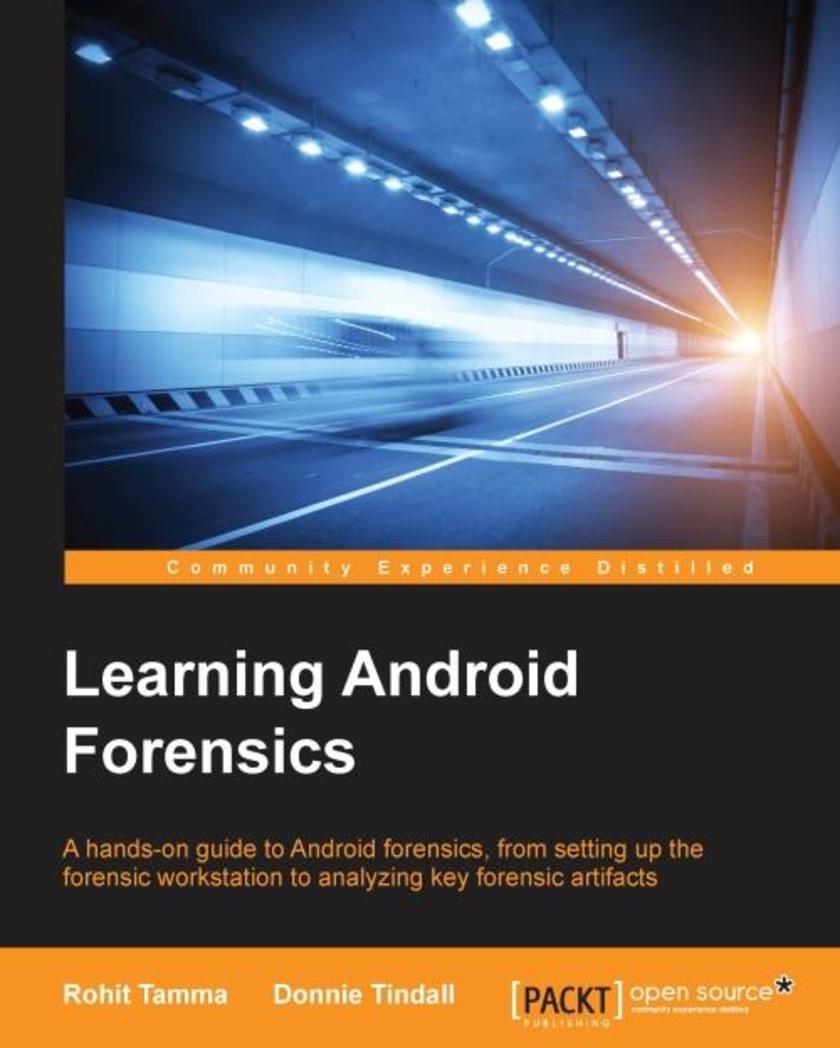
Learning Android Forensics
¥90.46
If you are a forensic analyst or an information security professional wanting to develop your knowledge of Android forensics, then this is the book for you. Some basic knowledge of the Android mobile platform is expected.
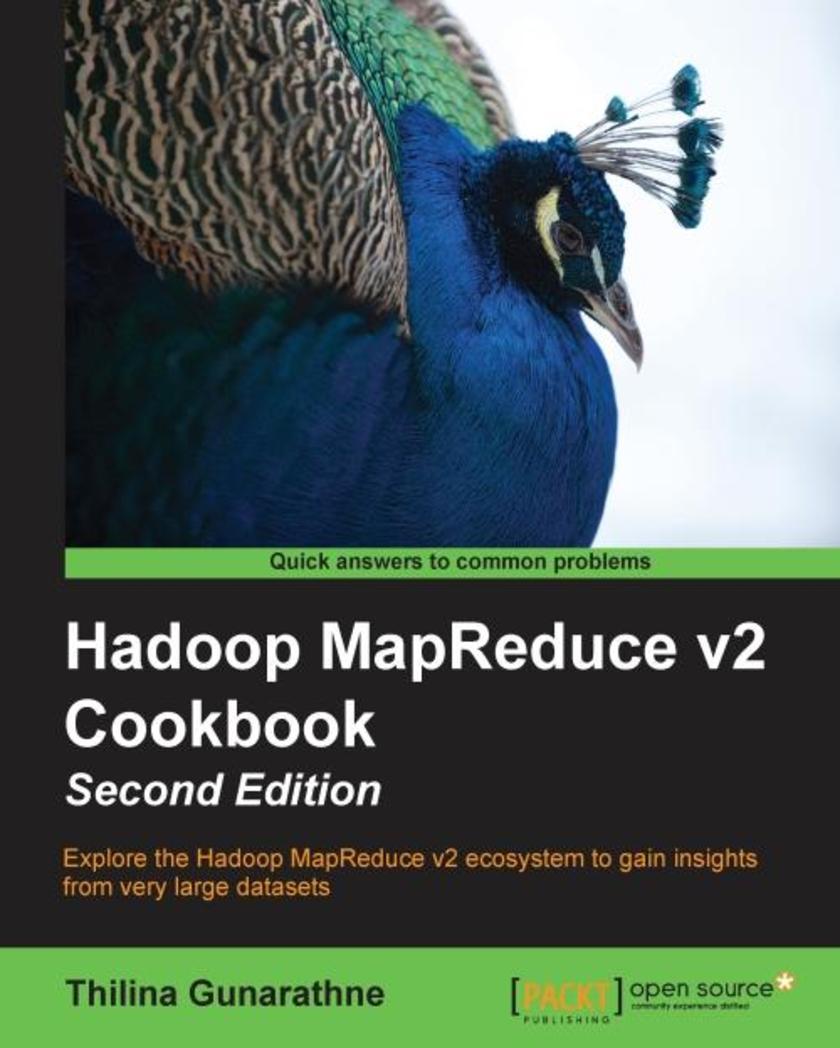
Hadoop MapReduce v2 Cookbook - Second Edition
¥90.46
If you are a Big Data enthusiast and wish to use Hadoop v2 to solve your problems, then this book is for you. This book is for Java programmers with little to moderate knowledge of Hadoop MapReduce. This is also a one-stop reference for developers and system admins who want to quickly get up to speed with using Hadoop v2. It would be helpful to have a basic knowledge of software development using Java and a basic working knowledge of Linux.
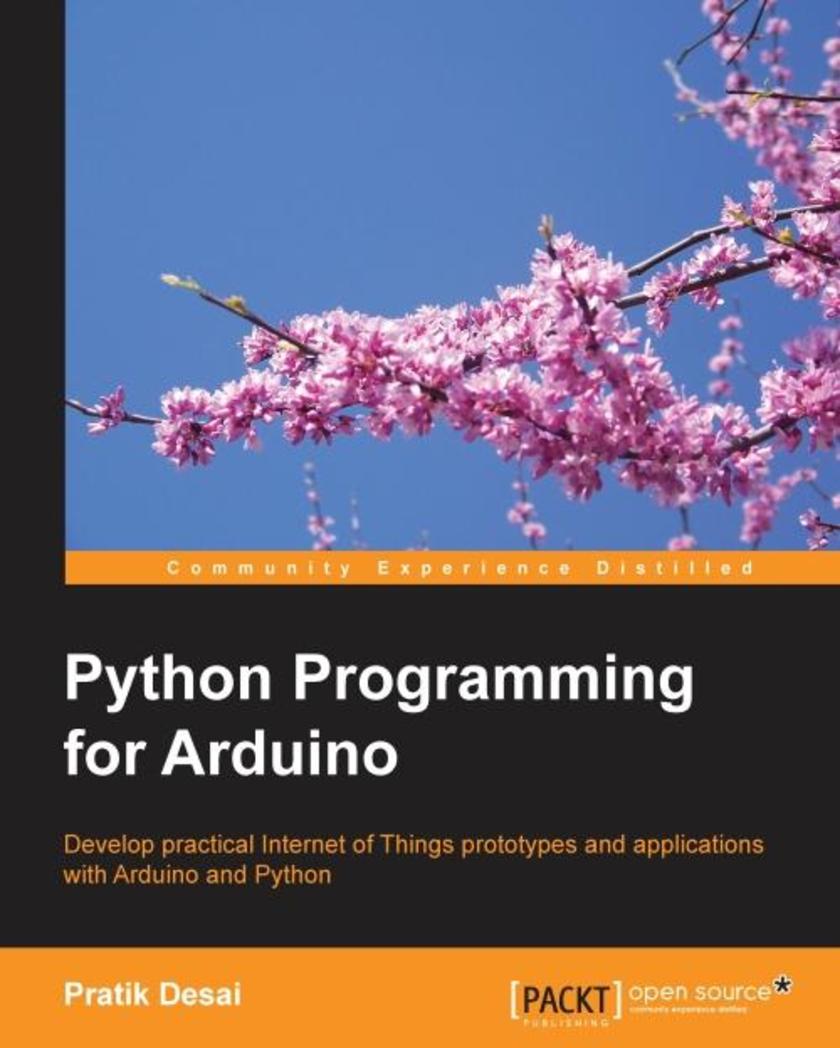
Python Programming for Arduino
¥90.46
This is the book for you if you are a student, hobbyist, developer, or designer with little or no programming and hardware prototyping experience, and you want to develop IoT applications. If you are a software developer or a hardware designer and want to create connected devices applications, then this book will help you get started.
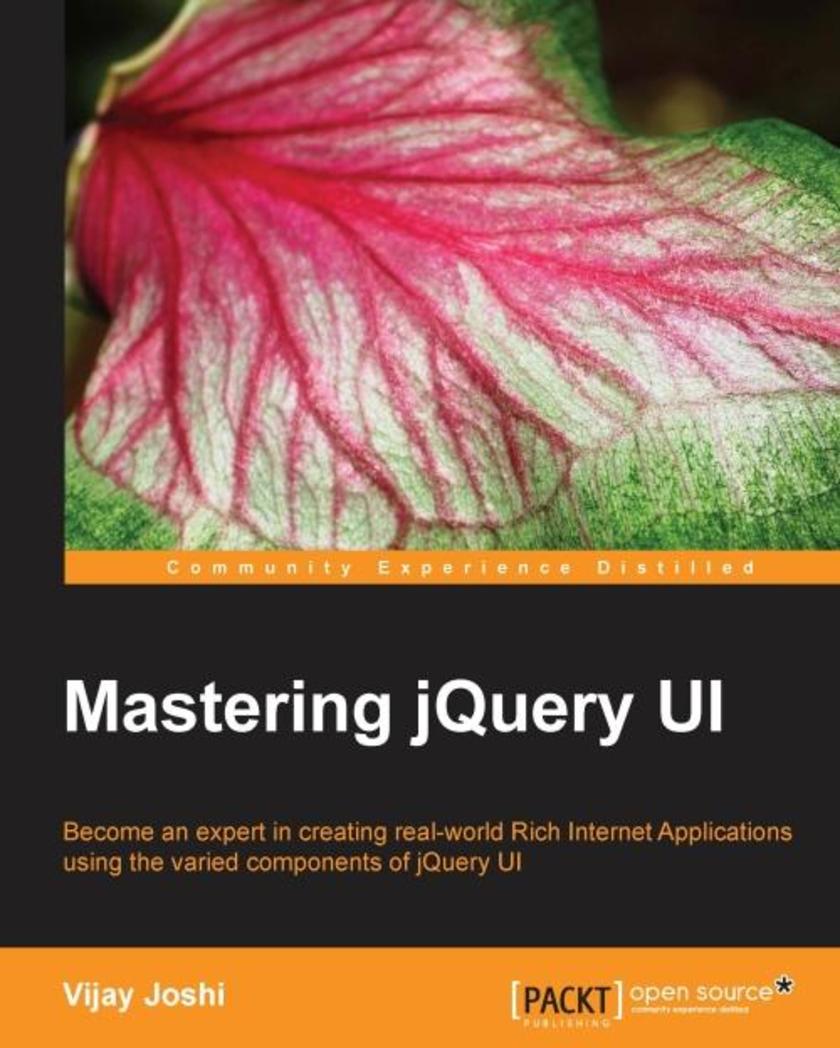
Mastering jQuery UI
¥90.46
If you are a frontend developer with considerable knowledge of jQuery UI and want to take this expertise to the next level, then this book is for you.
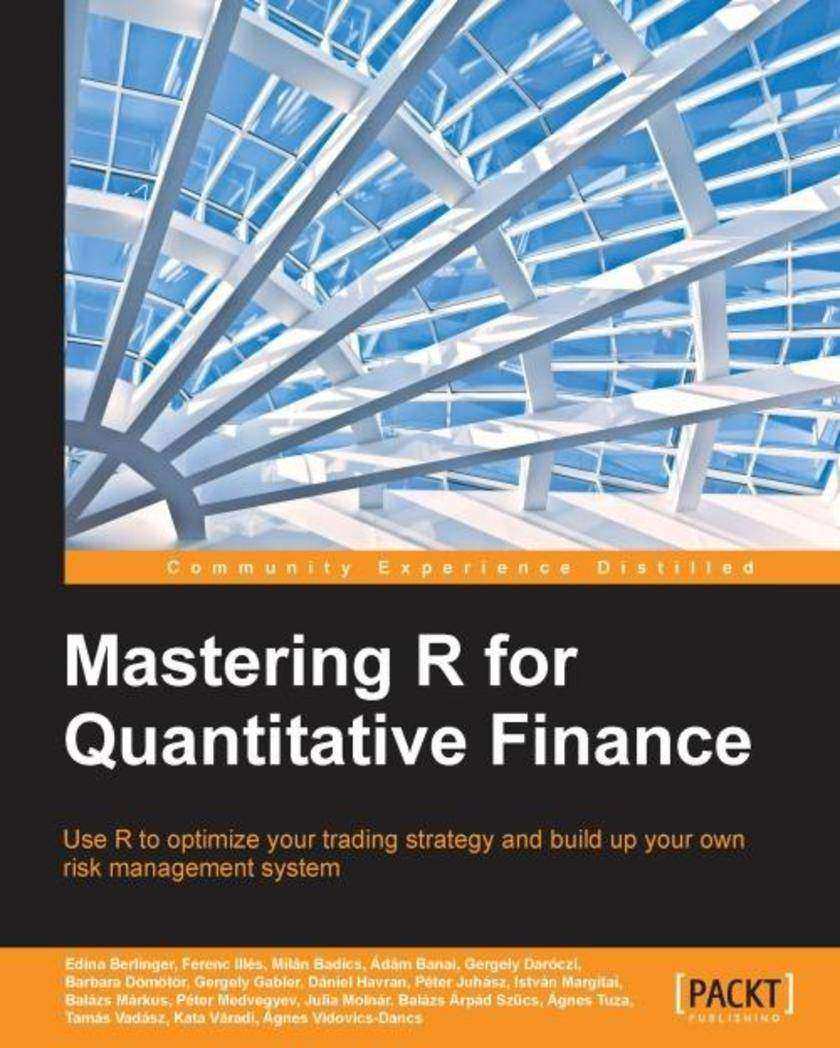
Mastering R for Quantitative Finance
¥90.46
This book is intended for those who want to learn how to use R's capabilities to build models in quantitative finance at a more advanced level. If you wish to perfectly take up the rhythm of the chapters, you need to be at an intermediate level in quantitative finance and you also need to have a reasonable knowledge of R.
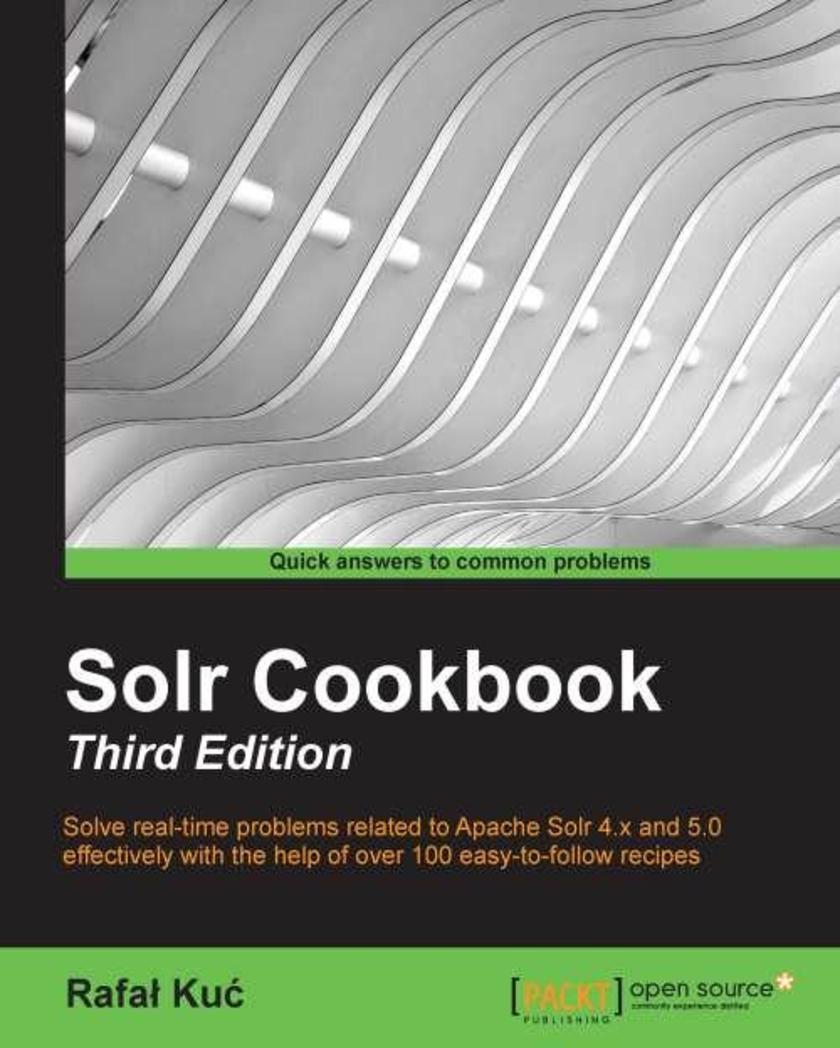
Solr Cookbook - Third Edition
¥90.46
This book is for intermediate Solr Developers who are willing to learn and implement Pro-level practices, techniques, and solutions. This edition will specifically appeal to developers who wish to quickly get to grips with the changes and new features of Apache Solr 5.
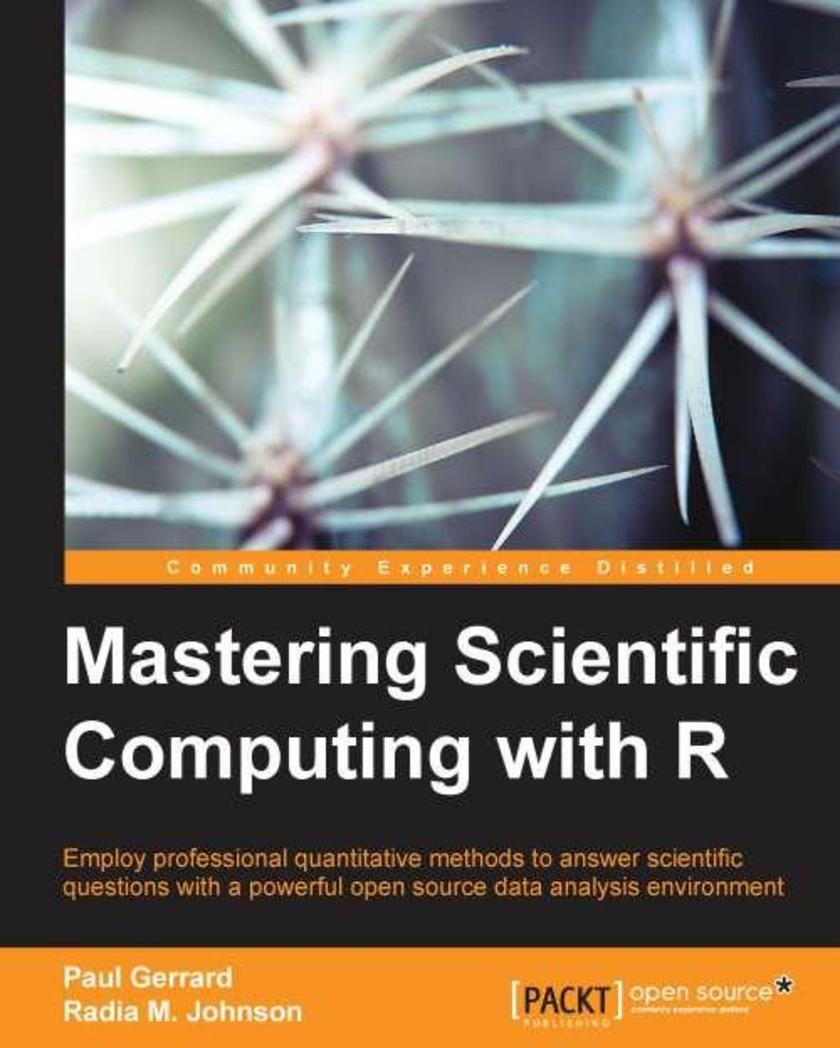
Mastering Scientific Computing with R
¥90.46
If you want to learn how to quantitatively answer scientific questions for practical purposes using the powerful R language and the open source R tool ecosystem, this book is ideal for you. It is ideally suited for scientists who understand scientific concepts, know a little R, and want to be able to start applying R to be able to answer empirical scientific questions. Some R exposure is helpful, but not compulsory.
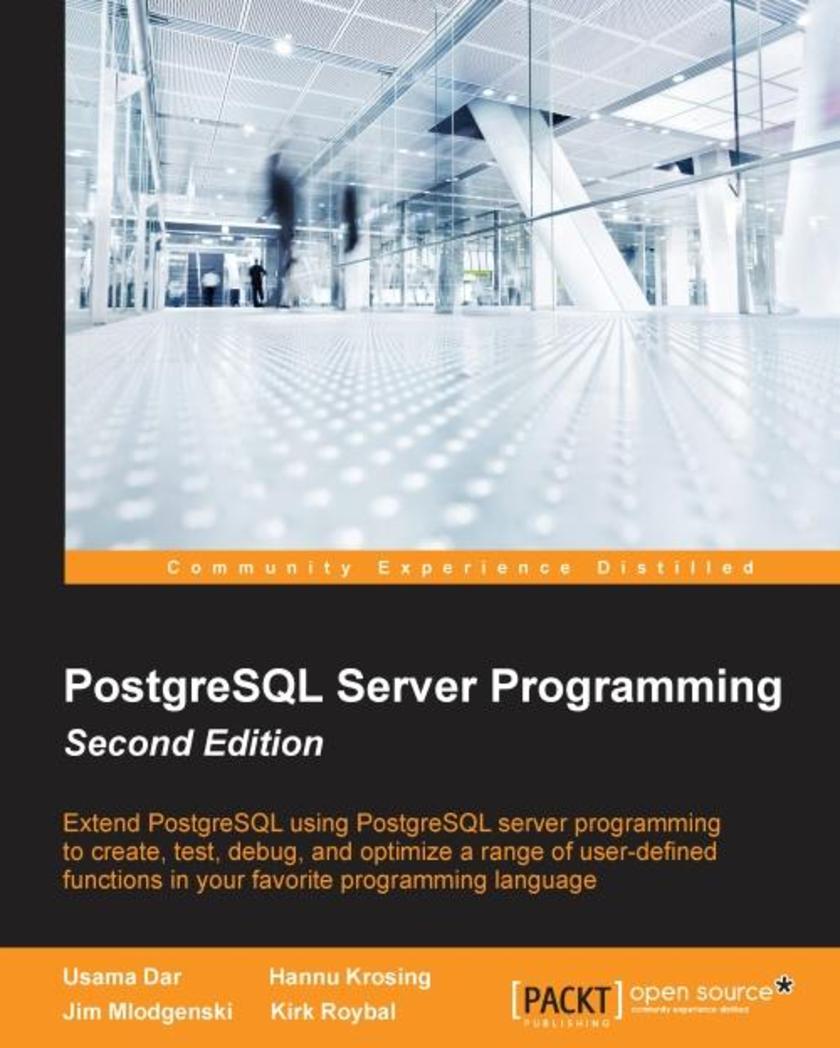
PostgreSQL Server Programming - Second Edition
¥90.46
This book is for moderate to advanced PostgreSQL database professionals who wish to extend PostgreSQL, utilizing the most updated features of PostgreSQL 9.4. For a better understanding of this book, familiarity with writing SQL, a basic idea of query tuning, and some coding experience in your preferred language is expected.
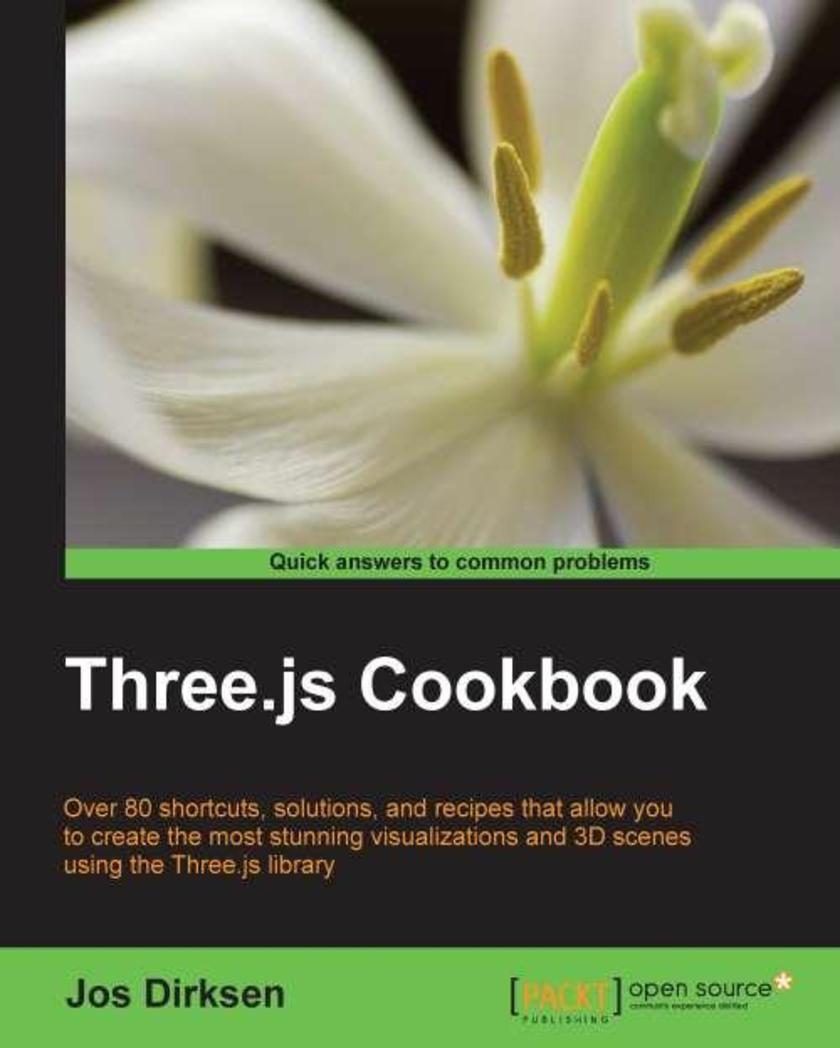
Three.js Cookbook
¥90.46
This book is ideal for anyone who already knows JavaScript and would like to get a broad understanding of Three.js quickly, or for those of you who have a basic grasp of using Three.js but want to really make an impact with your 3D visualizations by learning its advanced features. To apply the recipes in this book you don’t need to know anything about WebGL; all you need is some general knowledge about JavaScript and HTML.
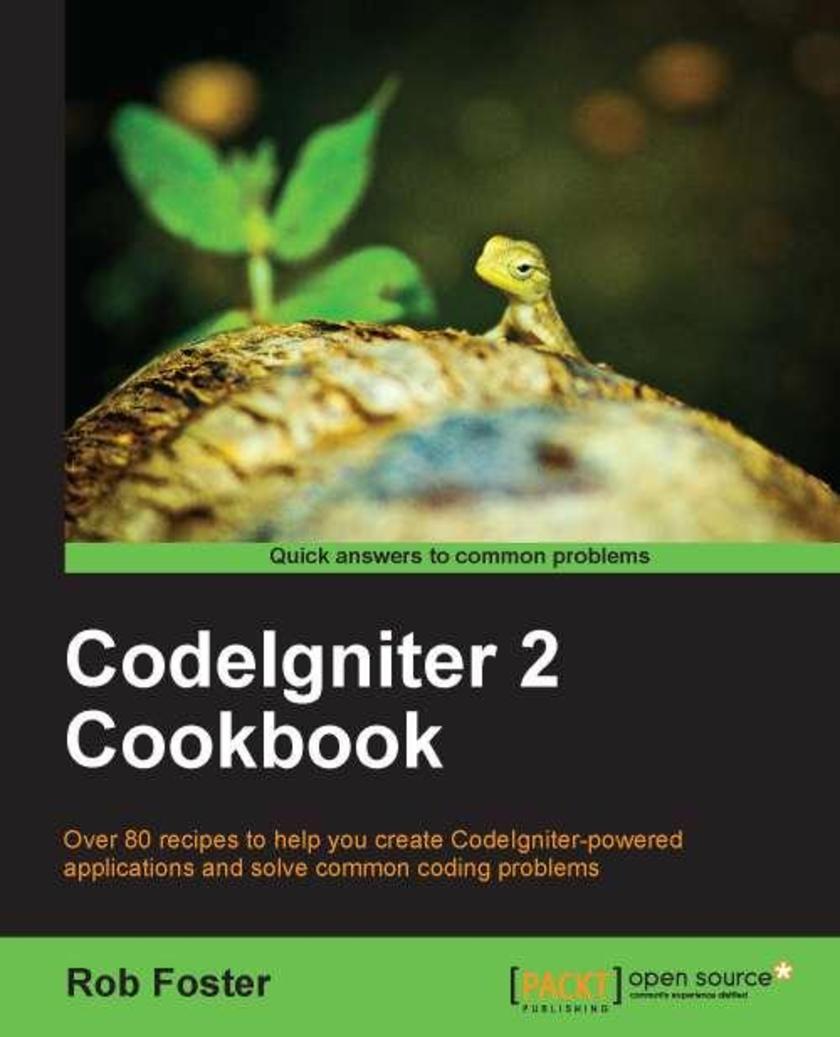
CodeIgniter 2 Cookbook
¥90.46
Presented in a recipe-based format, you are led step-by-step through each aspect of CodeIgniter, allowing you to dip in and out as you choose.CodeIgniter 2 Cookbook is for intermediate to advanced PHP developers who want to begin using the powerful CodeIgniter framework to create web applications. Familiarity with CodeIgniter isn’t essential, but it will be useful if you have been introduced to the framework before.
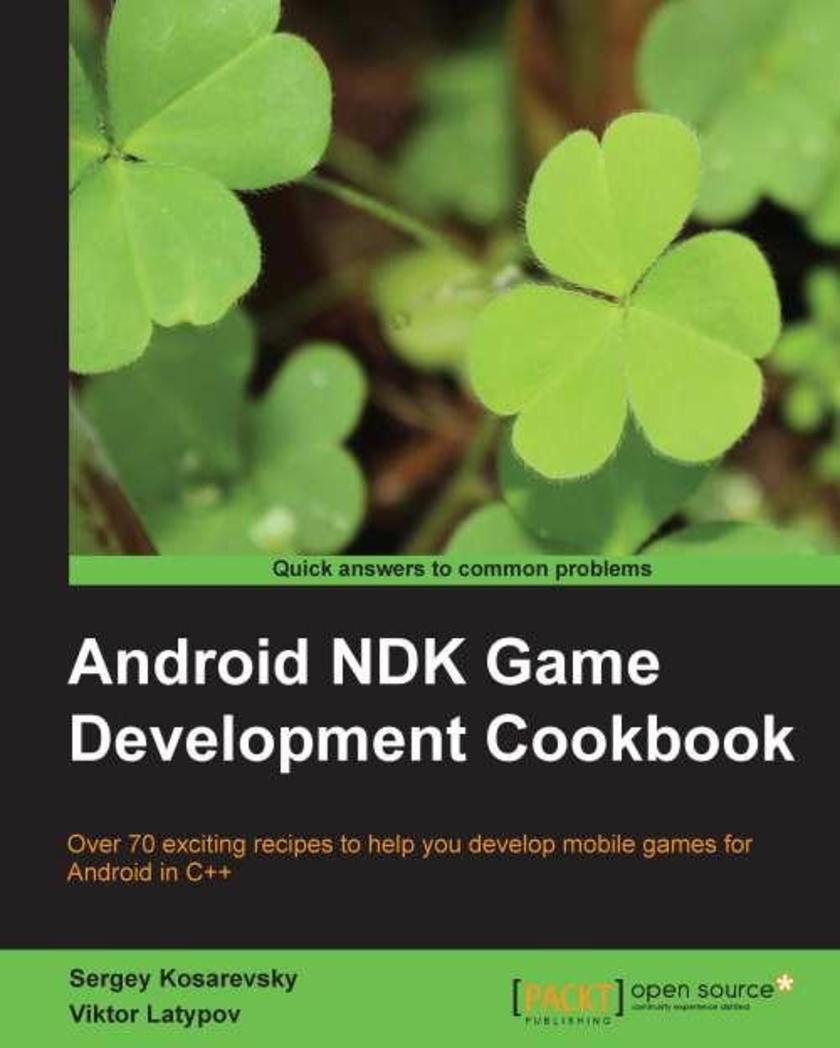
Android NDK Game Development Cookbook
¥90.46
A systematic guide consisting of over 70 recipes which focus on helping you build portable mobile games and aims to enhance your game development skills with clear instructions.If you are a C++ developer who wants to jump into the world of Android game development and who wants to use the power of existing C++ libraries in your existing Android Java applications, then this book is for you. You need to have basic knowledge of C or C++ including pointer manipulation, multithreading, and object-oriented programming concepts as well as some experience developing applications without using an IDE.
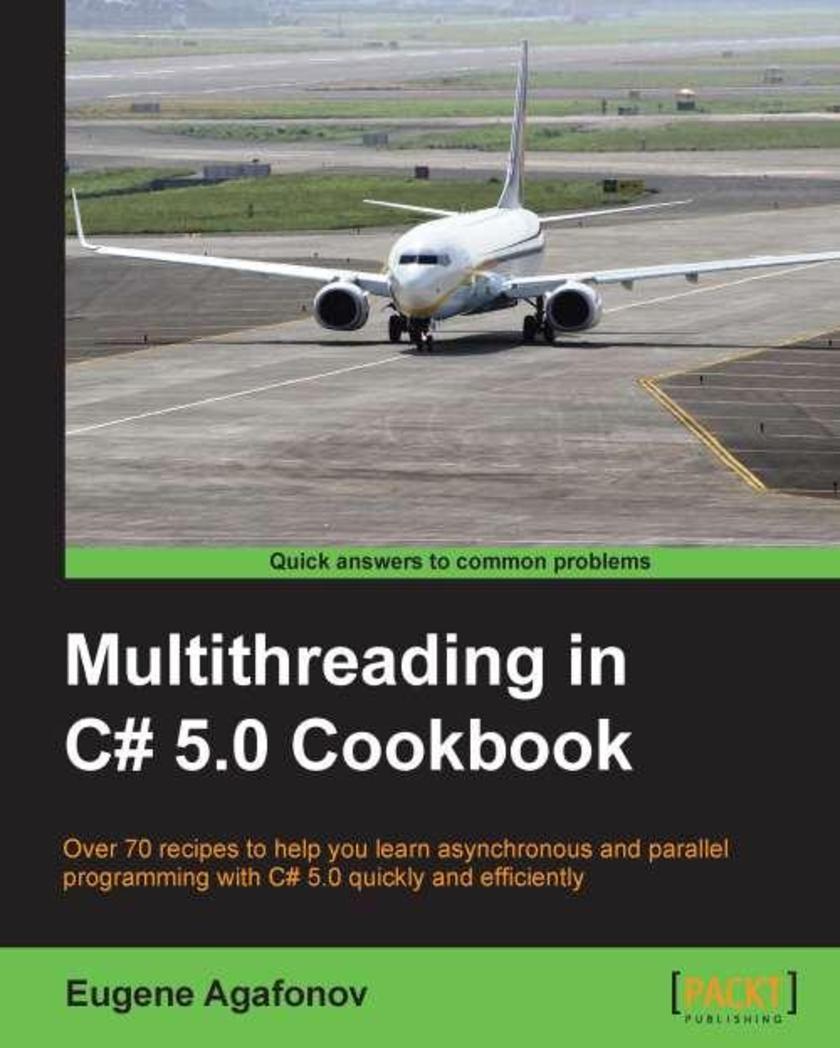
Multithreading in C# 5.0 Cookbook
¥90.46
Cookbook.Multithreading in C# 5.0 Cookbook is written for existing C# developers who want a complete, professional, and authoritative guide to multithreading. You don’t need any experience with multithreaded programming to use this book.
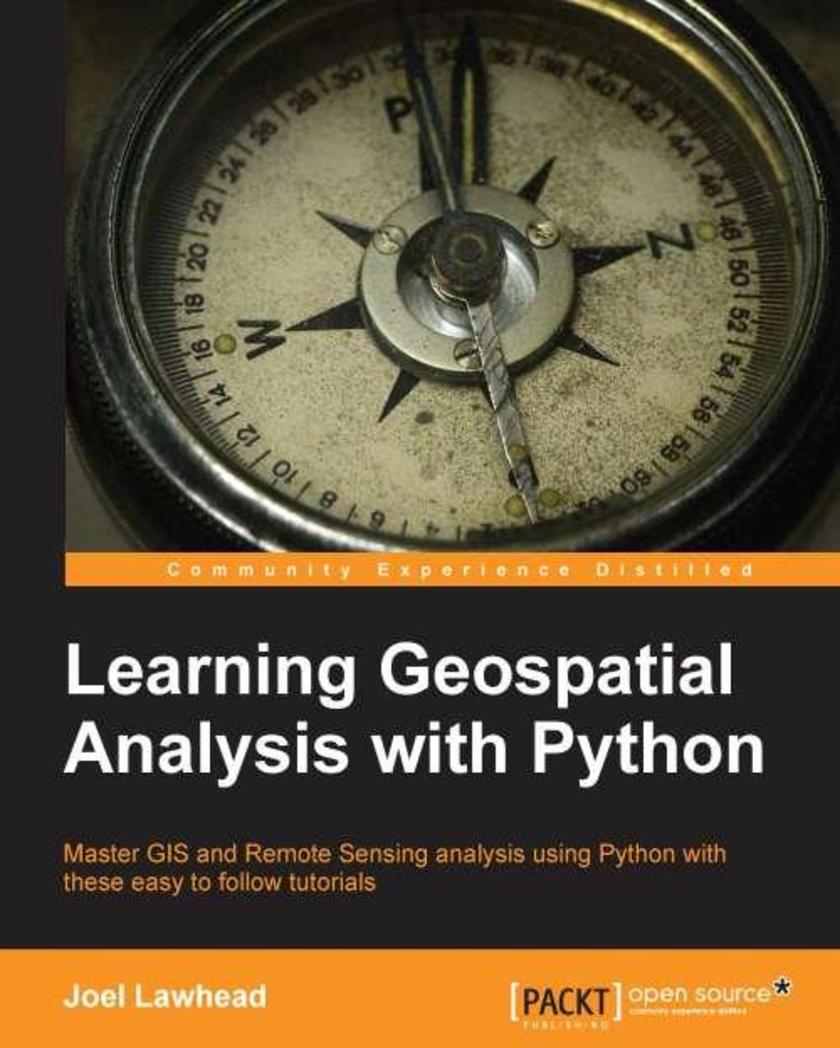
Learning Geospatial Analysis with Python
¥90.46
This is a tutorial-style book that helps you to perform Geospatial and GIS analysis with Python and its tools/libraries. This book will first introduce various Python-related tools/packages in the initial chapters before moving towards practical usage, examples, and implementation in specialized kinds of Geospatial data analysis.This book is for anyone who wants to understand digital mapping and analysis and who uses Python or another *ing language for automation or crunching data manually.This book primarily targets Python developers, researchers, and analysts who want to perform Geospatial, modeling, and GIS analysis with Python.
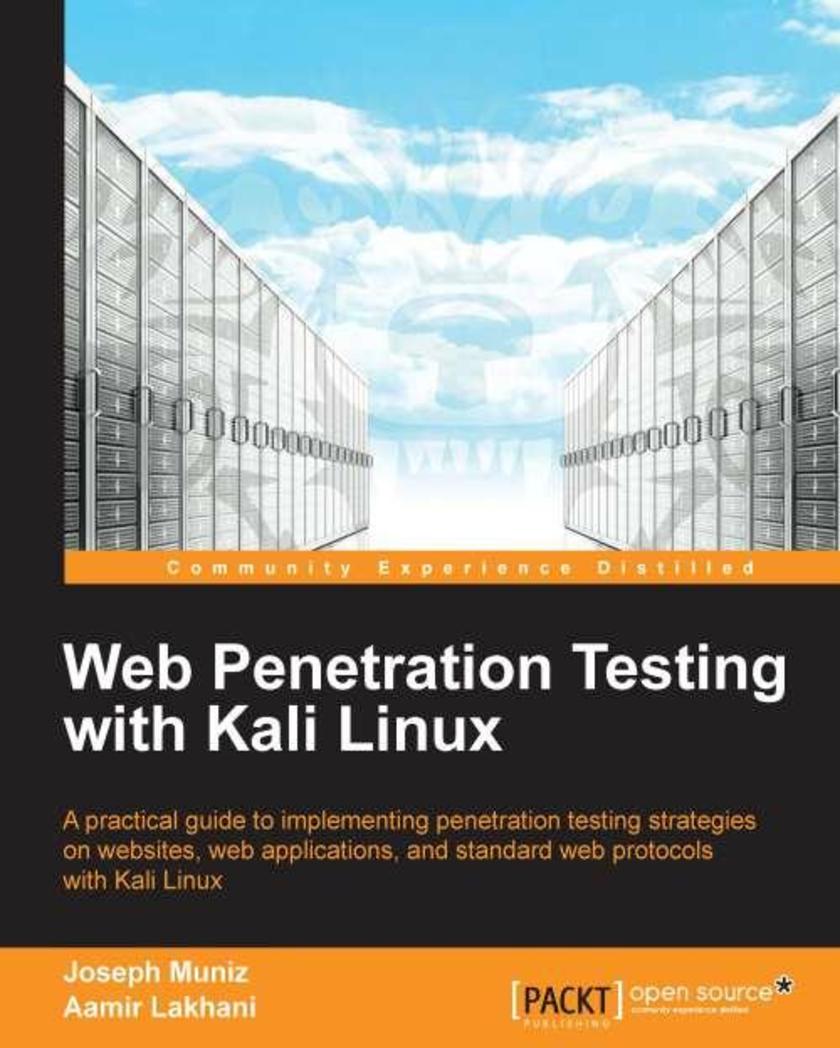
Web Penetration Testing with Kali Linux
¥90.46
Web Penetration Testing with Kali Linux contains various penetration testing methods using BackTrack that will be used by the reader. It contains clear step-by-step instructions with lot of screenshots. It is written in an easy to understand language which will further simplify the understanding for the user."Web Penetration Testing with Kali Linux" is ideal for anyone who is interested in learning how to become a penetration tester. It will also help the users who are new to Kali Linux and want to learn the features and differences in Kali versus Backtrack, and seasoned penetration testers who may need a refresher or reference on new tools and techniques. Basic familiarity with web-based programming languages such as PHP, JavaScript and MySQL will also prove helpful.
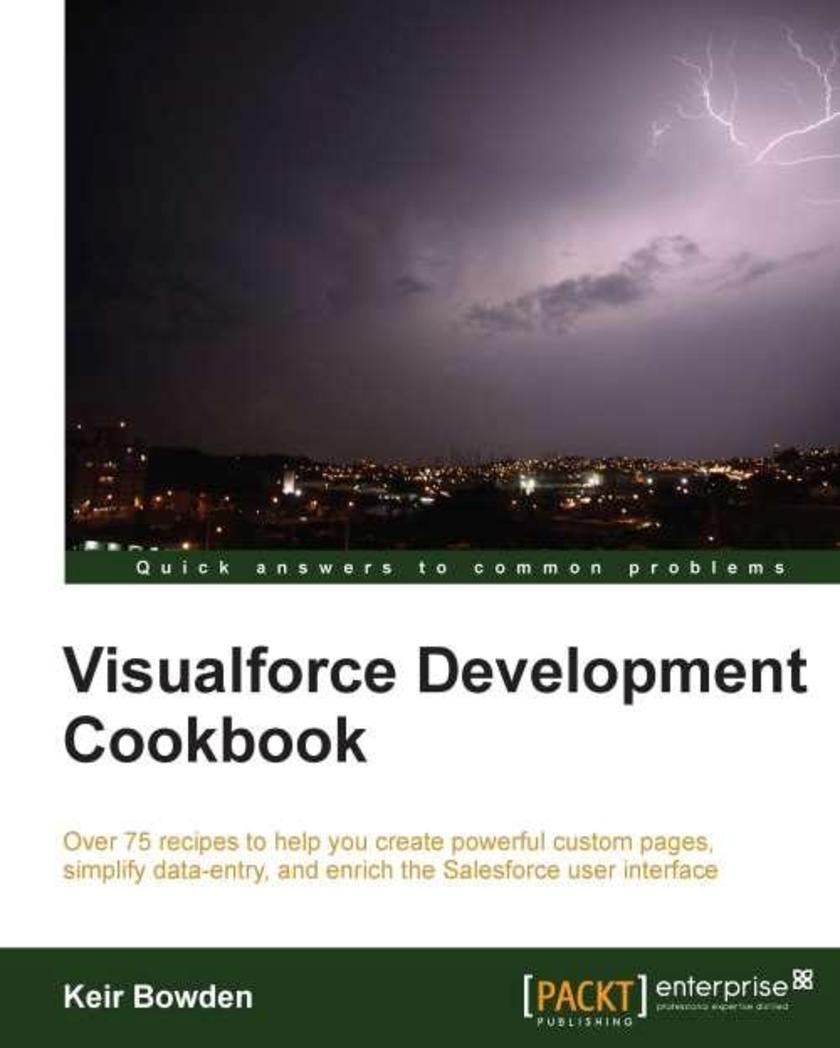
Visualforce Development Cookbook
¥90.46
Visualforce Development Cookbook is written in such a way that even complex concepts are explained in an easy-to-understand manner. Following a Cookbook structure, the book covers some essential technical scenarios and includes over 75 recipes focusing on real-world development problems. This book is packed with illustrations and also contains lots of code samples for the better understanding of the reader."Visualforce Development Cookbook" is aimed at developers who have already grasped the basics of Visualforce. Awareness of the standard component library and the purpose of controllers is expected.




 购物车
购物车 个人中心
个人中心



